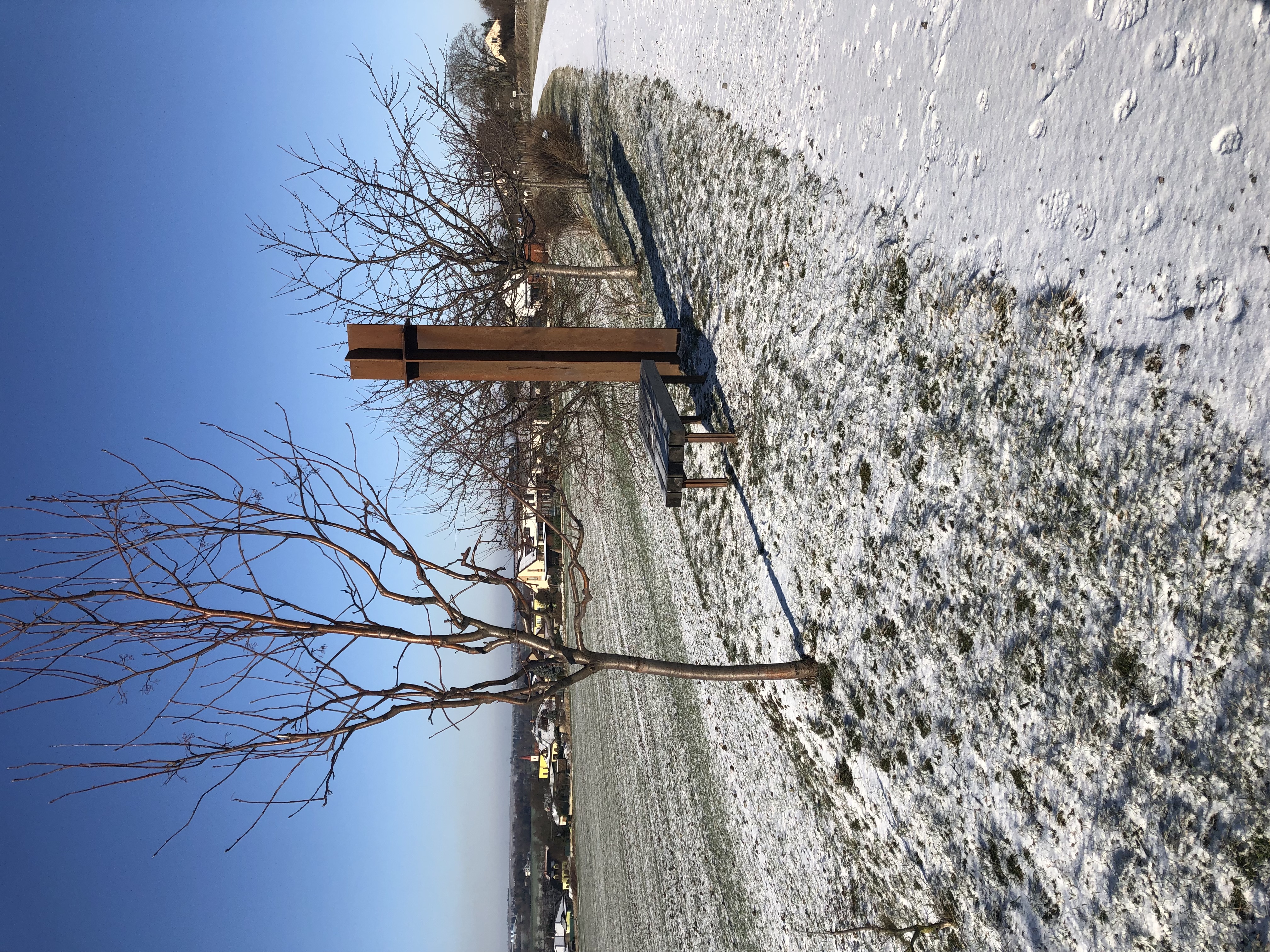EURECA
Good Practices



 Pictures:
Pictures:Photos taken by Ludmila Kabelová - Sobětuchy
https://magazin.aktualne.cz/foto-nejkrasnejsi-aleje-v-cesku/r~i:gallery:31751/r~i:photo:576763/
https://www.idnes.cz/pardubice/zpravy/nominovani-do-ankety-alej-roku-2016.A161108_104744_pardubice-zpravy_jah/foto/JAH672be2_AlejuPostolova.jpg
Urgent action to combat climate change
Country:Main Subject:
Description:
Tree alleys are an integral feature of the Czech landscape, serving multiple functions. They enhance landscape diversity, improve permeability, and boost aesthetic appeal while supporting biodiversity. Moreover, they highlight significant landmarks and direct visitors to natural formations, settlements, and various structures.
In Bohemia, the earliest mentions of tree alleys date back to the time of King Charles IV. The first documented tree alleys were in Prague, connecting significant sites, including Prague Castle. Most tree alleys were built during the Baroque period when the nobility used them to highlight the driveways of chateaux and courtyards. The treetops were often symmetrically pruned. Common tree species included Tilia (lime), Quercus (oak), and Populus (poplar). Chapels or crosses often adorned the alleys, while in rural areas, fruit trees were commonly used. During the reign of Maria Theresa in 1752, there was a mandate to plant trees along paths, recommending species such as Tilia, Morus (mulberry), Sorbus (rowan), Fraxinus (ash), Juglans (walnut), and wild fruit trees.
One example is the village of Sobětuchy, near the town of Chrudim. The village is situated at the intersection of the urbanized landscape of "Polabí" and the protected landscape area of "Železné Hory." This is the fifth most populous urbanized area in the Czech Republic, prompting efforts to restore significant natural landscape features. In this case, the "Perný kopec" tree alley was planted, spanning 656 meters. The goal was to restore a link between the neighbouring municipalities of Sobětuchy and Rabštejn Lhota, increase biodiversity, and provide a walking space for citizens.
In 2019, it was recommended to plant 78 trees and 520 bushes. The main species included Quercus robur (oak), Pyrus communis (pear), Malus sylvestris (apple), Acer campestre (field maple), Tilia cordata (small-leaved lime), and Prunus avium (wild cherry), along with five varieties of bushes. Subsequently, based on citizen proposals and following historical traditions, it was decided to build a small church element in the tree alley in 2020, the "Chapel of the Four Saints."
Reference links:
https://rareplaces.cz/kaplicka-ctyr-svatych/5678/
http://aleje.org/o-alejich/aleje-v-nasi-krajine
https://adopcepamatek.cz/blog-veskere-prispevky/aleje-davaji-ceske-krajine-tvar-uz-od-doby-baroka/
https://www.csopvlasim.cz/aleje-a-remizy-v-krajine/
https://alejroku.cz/
http://aleje.org/o-alejich/evropske-aleje
SDG direct/ indirect short justification:
DIRECT SDGs:
- (SDG 13) Take urgent action to combat climate change and its impacts
INDIRECT SDGs:
- (SDG 15) Protect, restore and promote sustainable use of terrestrial ecosystems and widen biodiversity
- (SDG 11) Make cities and human settlements safe, resilient and sustainable
Justification:
SDG 12 To planting and restore tree alleys help to protect urban and rural places against climate changes.
SDG 11 To planting and restoring tree alleys increase aesthetic quality, biodiversity and make human settlements healthier
Keywords:
City:
Questions:
- In which period were tree alleys established?
- What kind of trees are mostly planted in the tree alleys?
- What are the benefits of tree alleys?
Additional comments:
During the latter part of the 1900s, vast swaths of land underwent clearing to accommodate two major agricultural shifts. The first was the push towards collectivization, where individual farms were consolidated into larger collective operations. The second driving force was the mechanization of farming practices. As heavy machinery became more prevalent, it necessitated the removal of tree alleys that had previously lined fields and rural roads.
Consequently, these tree-lined pathways, once a quintessential feature of the countryside, gradually faded from the landscape. The pursuit of larger-scale, mechanized farming reshaped the rural vistas, leaving fewer of these charming tree-lined corridors in their wake.
Recently, citizen initiatives have emerged to preserve and restore these alleys. One example is the nonprofit organization "Arnika," which advocates for a better environment, maps scattered greenery in rural areas, and has launched a contest titled "Tree Alley of the Year." This contest aims to foster public interest in this beautiful landscape feature and support efforts to rebuild and create new avenues. Historical tree avenues serve as physical remnants of history, reflecting the mindset of their creators. Beyond their aesthetic appeal, tree alleys have numerous ecological functions: they act as windbreaks, reducing soil erosion and evaporation, enhance biodiversity, provide animal habitats, and help reduce dust and trap air pollutants.
Authors:
Ludmila Kabelová, Michaela Vachunová and Roxana Vachunová
Spolek absolventů a přátel zemědělské školy v Chrudimi z.s.




